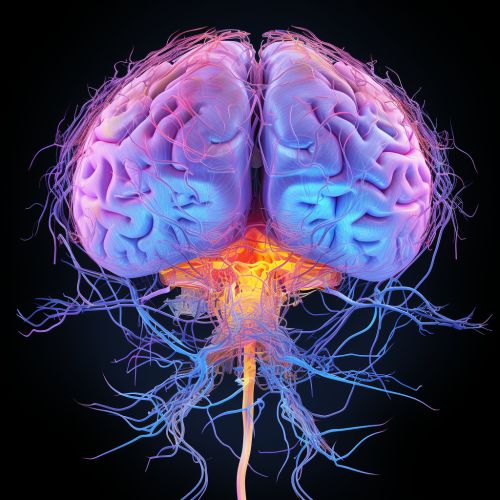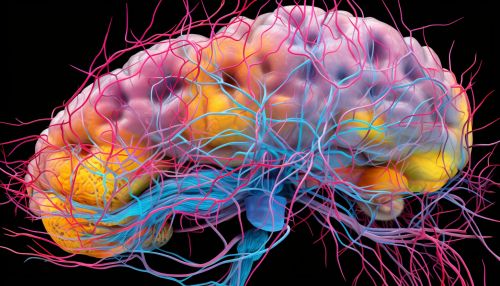Cognitive Neuroscience of Attentional Control
Overview
Cognitive neuroscience is a branch of neuroscience that explores the biological processes that help us to understand complex behaviors and cognitive functions. Attentional control, a subfield of cognitive neuroscience, is the process by which our brain manages, directs, and prioritizes cognitive resources. This includes the selection and modulation of sensory information, the management of multiple tasks, and the control of responses and actions.


Cognitive Neuroscience
Cognitive neuroscience is an interdisciplinary area of study that utilizes various methods from neuroscience, psychology, and cognitive science to explore the neural mechanisms underlying cognitive processes. It is primarily concerned with how the brain contributes to cognitive functions such as perception, language, memory, and attention.
History
Cognitive neuroscience emerged in the late 20th century as a distinct discipline, following advances in neuroimaging technology such as functional magnetic resonance imaging (fMRI) and electroencephalography (EEG). These technologies allowed scientists to visualize and measure brain activity, leading to a more detailed understanding of how the brain supports cognition.
Methods
Cognitive neuroscientists use a variety of methods to study the brain and cognition. These include neuroimaging techniques such as fMRI and EEG, which provide information about brain activity and structure. Other methods include transcranial magnetic stimulation (TMS), which can be used to temporarily disrupt or enhance brain activity, and neuropsychological testing, which assesses cognitive function in individuals with brain damage or neurological disorders.
Attentional Control
Attentional control refers to the brain's ability to allocate cognitive resources to specific tasks, stimuli, or responses. This involves the selection and modulation of sensory information, the management of multiple tasks, and the control of responses and actions. Attentional control is essential for many cognitive functions, including perception, memory, and problem-solving.
Neural Basis
Attentional control is primarily associated with the prefrontal cortex (PFC), a region of the brain involved in executive functions such as planning, decision-making, and impulse control. The PFC works in conjunction with other brain regions, including the parietal lobe, which is involved in spatial attention, and the anterior cingulate cortex (ACC), which is involved in conflict monitoring and response selection.
Models of Attentional Control
There are several theoretical models of attentional control, including the selective attention model, the executive control model, and the dual-task performance model. These models propose different mechanisms for how the brain manages and prioritizes cognitive resources.
Disorders of Attentional Control
Disorders of attentional control can occur as a result of brain damage, neurological disorders, or psychiatric conditions. These include Attention Deficit Hyperactivity Disorder (ADHD), Autism Spectrum Disorder (ASD), and schizophrenia. Individuals with these disorders often have difficulty focusing attention, managing multiple tasks, or controlling impulsive behaviors.
Future Directions
Future research in cognitive neuroscience and attentional control will likely involve the development of more sophisticated neuroimaging techniques, the exploration of genetic and environmental influences on attentional control, and the investigation of how attentional control changes across the lifespan.
